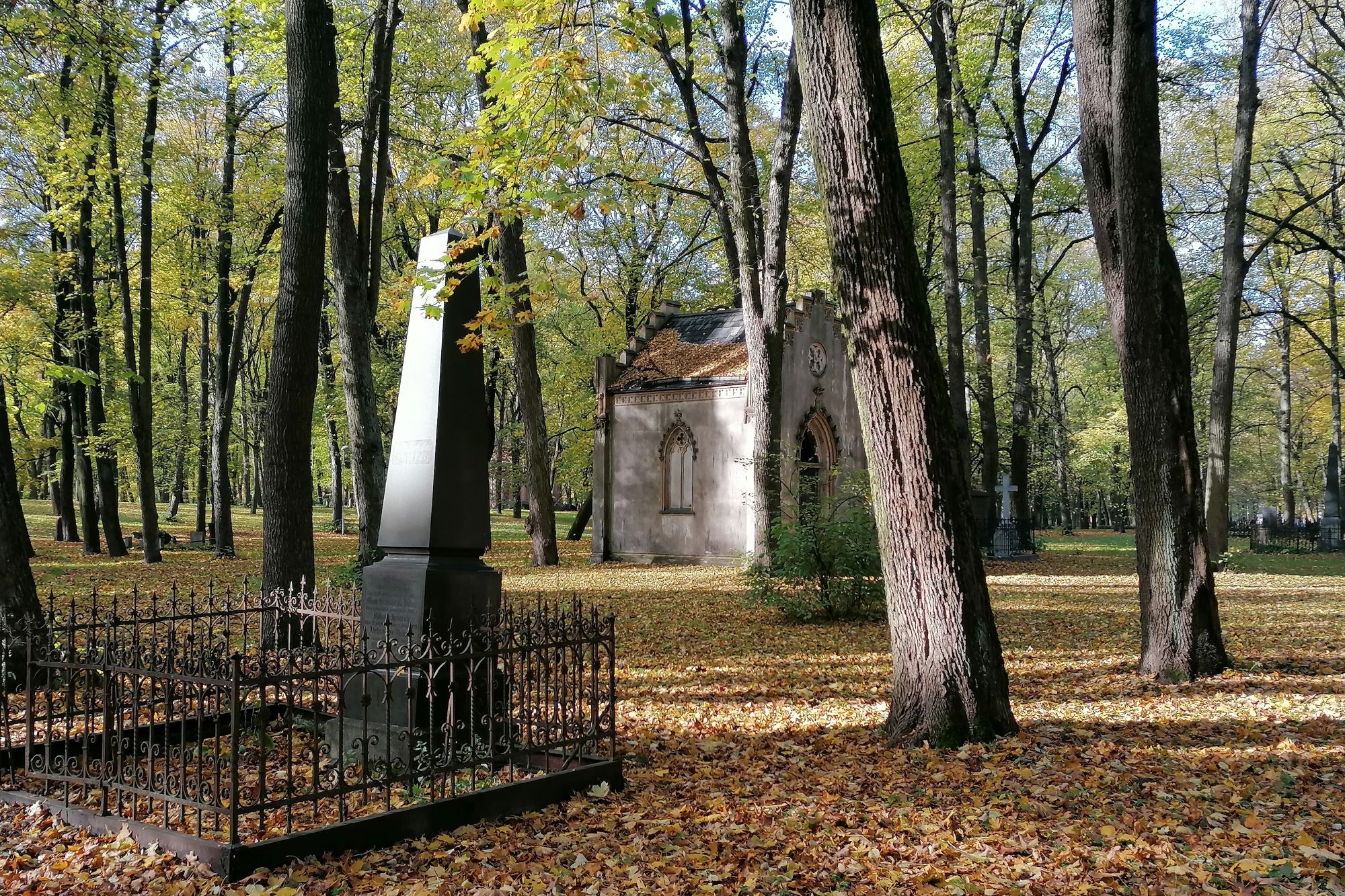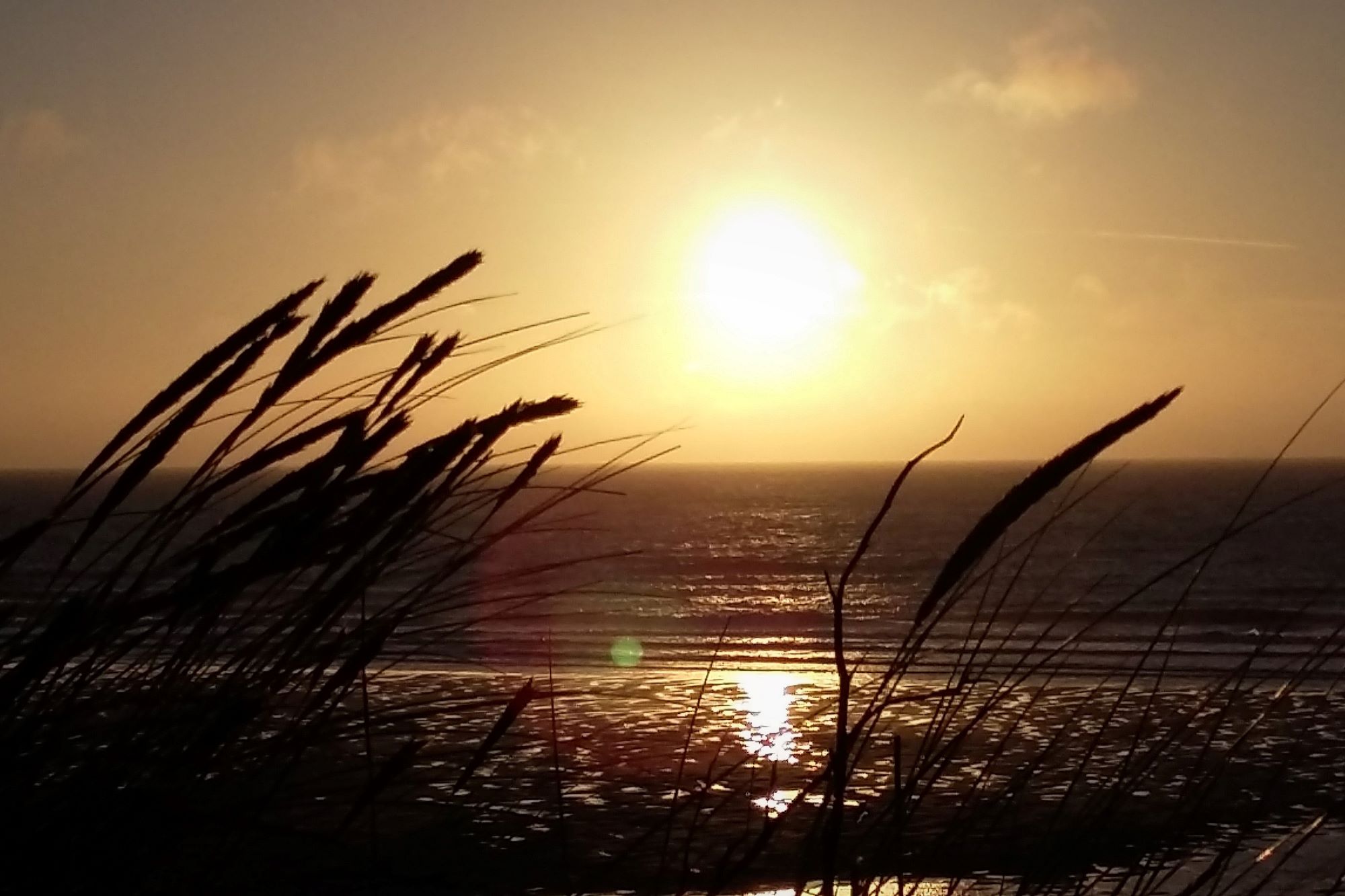Every lost place is special, but this one is really unique: Riga’s Lielie Kapi, the city’s former great central cemetery, will take you to a forgotten past and introduce you to the Baltics multi-ethnical 18. and 19. century!
The graveyard Lielie Kapi was founded in 1772 during Tsarist times under the reign of Tsarina Catherine II. („the Great“). Till then Riga’s dead were buried inside the city, but due to new hygiene standards a order from Petersburg did not allow to do so anymore.
So a new great cemetery was founded a good 30 minutes walk from Old Town next to the rising areas of what nowadays is called Rīgas Centrs. The literary translation of the Latvian word Lielie Kapi does actually mean great cemetery.
Today Lielie Kapi is closed and forgotten by many, only people of the surrounding living quarters use it as a park. However, many of the great gravestones and giant mausoleums do still exist and are worth a visit! A very few of those impressive pieces of history have been renowed recently by private or in some cases public initiatives.
Lielie Kapi always used to be a place for all. Latvians, Russians, Germans, Jews, Estonians – you can still feel the rich multi-ethnic past of 19. ct. Riga. But as most of the dead buried here were part of the upper class bourgeoisie, in the 1960s soviet authorities closed Lielie Kapi and tried to dry it out with a big street, now dividing the graveyard in two halfs.
My personal advices is to go in autumn. The falling leaves and the lost temples of dead make the place macabre and even more picturesque. Or, if you prefer, go for a snowy winter walk and enjoy six feet tall stone crosses and broken angels covered in white.
On your way back to town you might stop at one of the nice little cafés at Miera iela, such as the Café Miera.



















